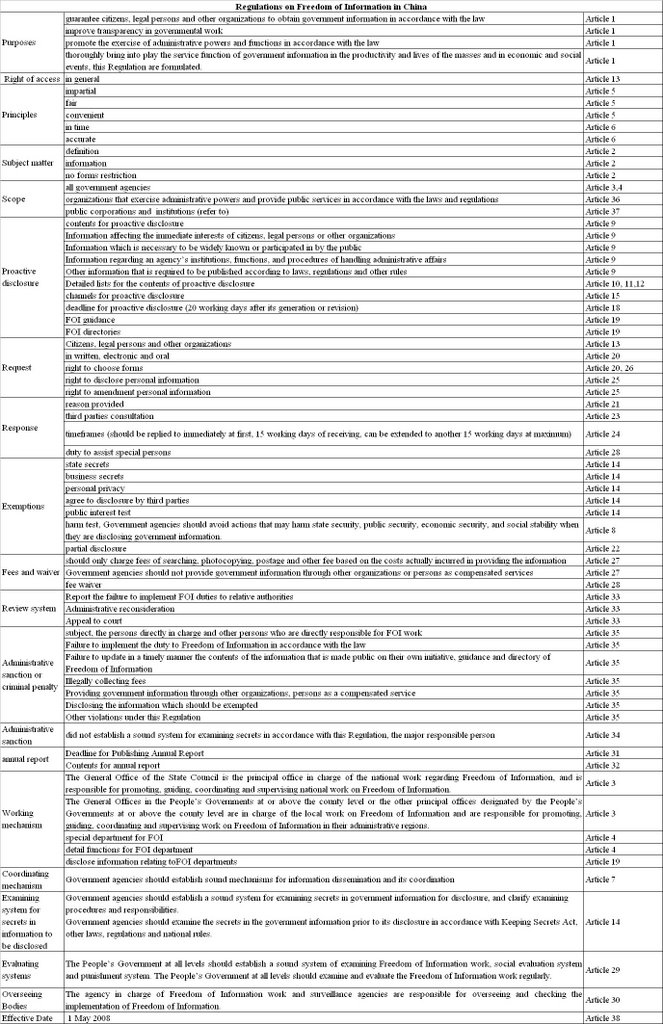Freedom of Information: Transparency Inwards
The directions of transparency can be classified into vertical and horizontal ones. Each classification can be further divided into two subtypes. The vertical transparency includes transparency upwards and downwards while the horizontal one comprises transparency inwards and outwards. According to Heald’s observation, transparency upwards means that the hierarchical superior or principal can observe the actions of the hierarchical subordinate or agent, while transparency downwards can be defined as the ruled observe the actions of their rulers. There is symmetrical vertical transparency when transparency upwards and downwards can co-exist. Transparency outwards occurs when the hierarchical subordinate or agent can observe what is happening outside the organization, while transparency inwards is those outside can observe what is going on inside the organization. FOI legislation falls into the direction of transparency inwards. There is symmetrical horizontal transparency when transparency outwards and inwards can co-exist.
Many researchers have observed the history of FOI legislation. However, their observations are limited to one direction of transparency, that is transparency inwards. Roberts argued that there are three waves of FOI legislation around the world from political and economic perspective. Sebina expanded Roberts’ model and analyzed Roberts’ model from the picture of records management. Kubicer, from the links between FOI and information technology, stated that there are three generation of FOI legislation around the world. Ackerman and Ballesteros, from historic perspective, observed that there are four categories of countries with FOI legislation. Lamble wrote a thesis on Computer-assisted Reports and FOI and observed that there are two models of FOI legislation around the world. One is the open Swedish model and the other is a less transparent United States’ model. Central European and Eurasian Law Initiative carried out a research on the concept of FOI legislation and suggested that there are three models of FOI legislation around the world, including the FOI legislation in Sweden, the U.S. and other countries which adopted their legislation in the past two decades. McDonald argues that there are three general phrases may be discerned for the evolution of FOI laws from the modern perspective. One of his key arguments is the modern adoption of FOI statutes begins with the US in 1966, rather than with Sweden in 1766.

No comments:
Post a Comment